All about serpentine stone
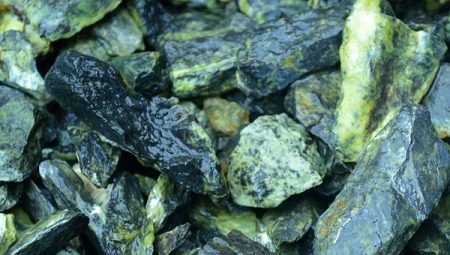
Serpentine is often confused with jade, but in reality they have many differences. The mineral received such an unusual name due to its color and similarity to reptiles, since some of the mined specimens have a surface that seems to be covered with snake skin.
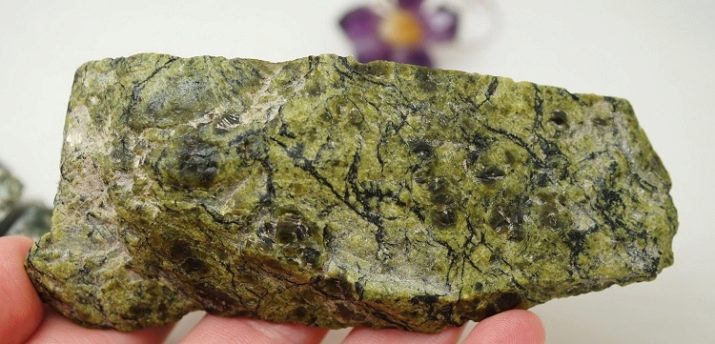
Description
The serpentine stone was once highly appreciated by the Aztecs. Today it is a fairly common mineral and although the most common color is green, the stone can also be greenish black, red, brownish red, brownish yellow, yellow and white. This mineral has been associated with snakes for centuries. It was actively used and is used in black magic.
The noble shade made this precious mineral popular in the art of jewelry.
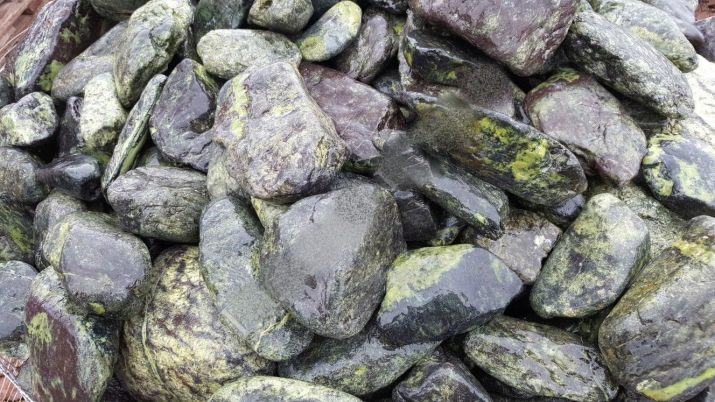
The color of the serpentine (coil) depends on the place of origin of the mineral. This group contains about 20 related minerals with 2 different distinct types of formation: antigorite and chrysotile. The first stone is hard, the second has a fibrous structure.
- Chrysotile it is actually a type of asbestos, which is a very dangerous mineral that causes serious respiratory problems when inhaled. For this reason, this mineral is not used as a decoration or amulet.

- Antigorite coil Is a relatively soft stone with a shiny green surface. This color is due to the presence in the composition of substances such as chromium, cobalt and magnesium silicate in the base. Its color can vary from translucent to opaque.Sorcerers believe that a translucent stone has a stronger effect on the human psyche, while an opaque one - on the material world.

The serpentine always looks different. Its shade can be either very light or saturated. Some specimens are very similar to jade from the side. Experienced geologists can easily recognize where a rock is based on the mineral's inherent characteristics.
Varieties and their physical and chemical properties
Serpentine is not a single mineral, but a large group of stones with a common chemical formula. Among the main varieties that are included in this group, it is worth highlighting the following stones.
- Bowenite. It is characterized by not too bright green color and translucency. When mined, sometimes minerals with a yellow or blue tint are found. This stone has another name - tangevaite. Its main distinguishing feature is its high hardness.
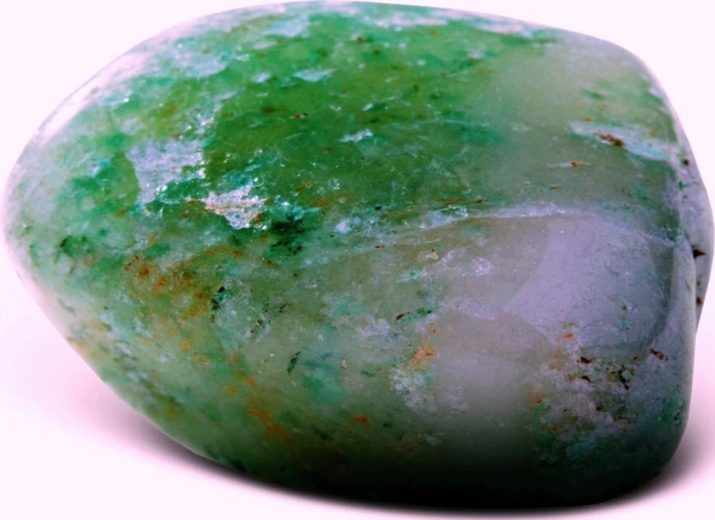
- Williamsit... It has a beautiful shade, which in shade is a cross between blue and green. There are light and dark shades, the stone is translucent.

- Richolite. A very bright mineral with distinct stripes on its surface. During mining, yellow and gray stone specimens are found.

- Vernantite... The stone has an amazing dark green color with shiny veins, which are inclusions of calcite.

- Nigrescite... This type of serpentine has the darkest color: rarely, but sometimes almost black specimens are found.
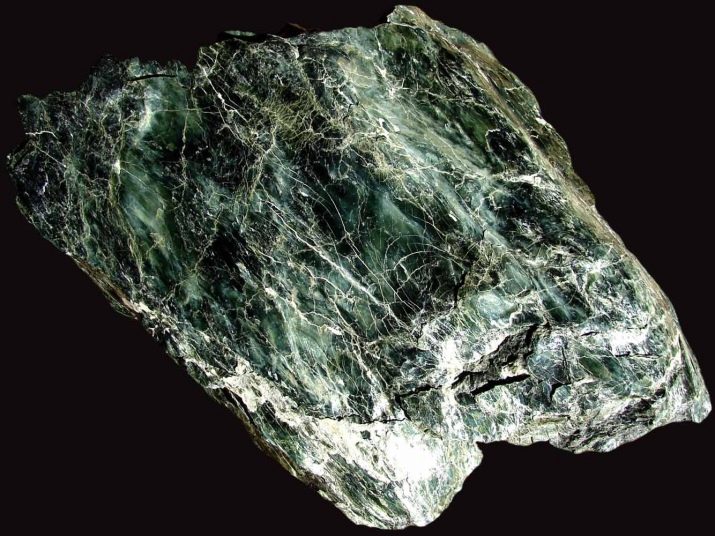
- Retinolite... In the rocks, you can find a stone not only green, but also honey, yellow. The mineral has a resinous sheen.
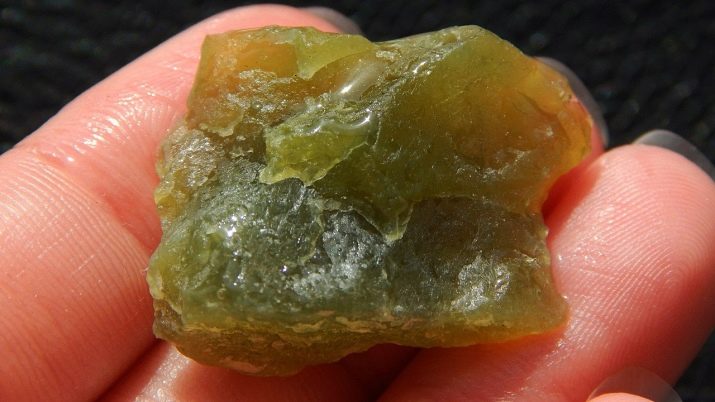
Chrysotile, antigorite and lizardite are the three main serpentine minerals. The rest of the varieties are quite rare.
Serpentine minerals have similar physical properties and are formed through similar processes. They are often found as fine-grained impurities and can be difficult to see inside the rock. Geologists commonly refer to these minerals as serpentines rather than more specific names to facilitate identification.
These minerals are formed at the sites of peridotite and dunite with subsequent hydrothermal metamorphism. Ultramafic rocks rarely appear on the surface of the earth, but are present in abundance at the bottom of the oceans, or rather, at the border between the base of the oceanic crust and the upper mantle. Where the oceanic plate sinks into the mantle, minerals undergo hydrothermal metamorphism.
The source of fluid for this process is seawater drawn into rocks and oceanic plate sediments.
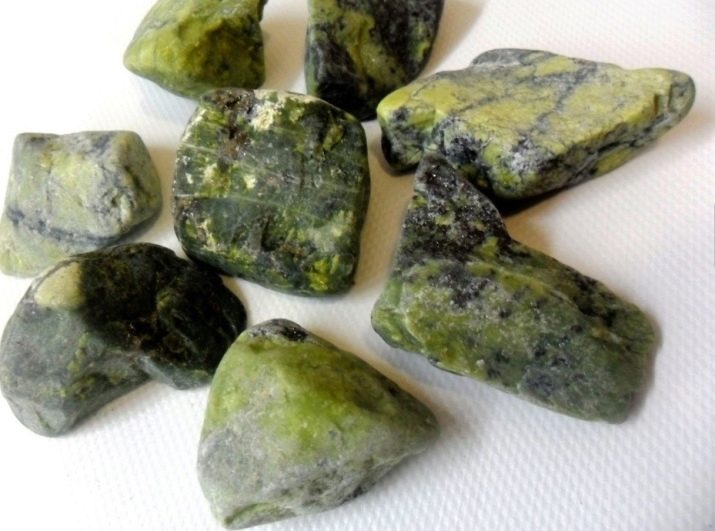
During hydrothermal metamorphism, olivine and pyroxene are converted to serpentine. Some of the rocks produced here are almost entirely composed of serpentine minerals.
Vast areas of the earth's surface are covered with serpentinites. These areas occur near present or ancient plate boundaries. These are the places where fragments of the oceanic plate rise above the surface. These areas are sources of the following minerals:
- magnetite;
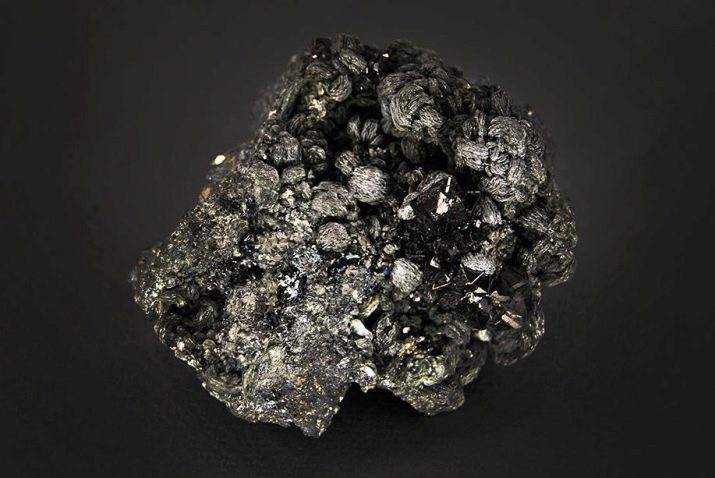
- chromite;
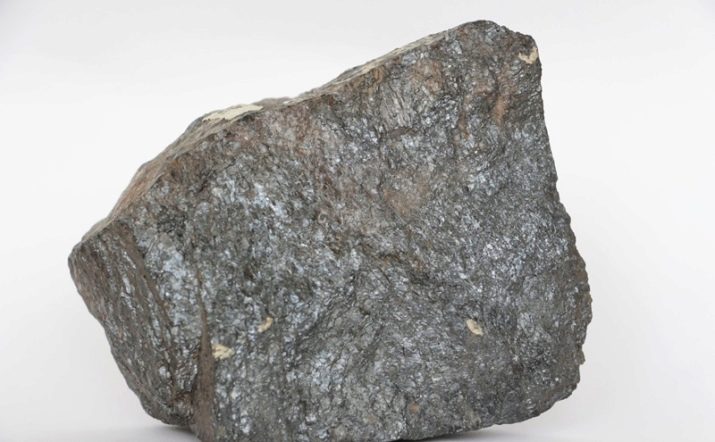
- chrysoprase;
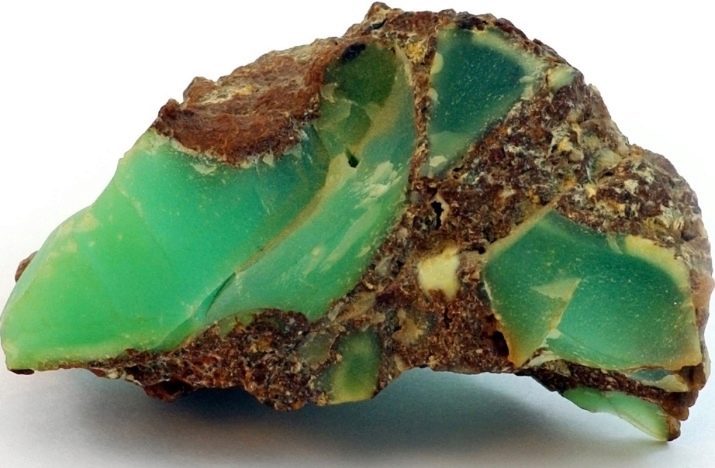
- nephritis;

- serpentine.
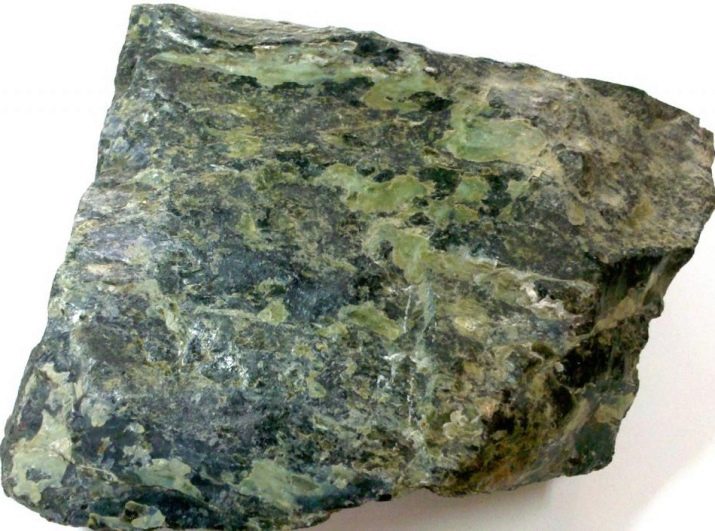
The most obvious physical characteristics of serpentine are its noble green color, patterned appearance and smoothness. Serpentine is also known for its translucent structure, waxy luster, and ease of cutting. It can be easily polished.
This stone has a unique heat capacity: it first receives heat, and then it gives it off evenly. It can resist the transfer of heat, making it a valuable insulator.
Fibrous serpentine species such as chrysotile are used to make asbestos, a material needed in construction and beyond.
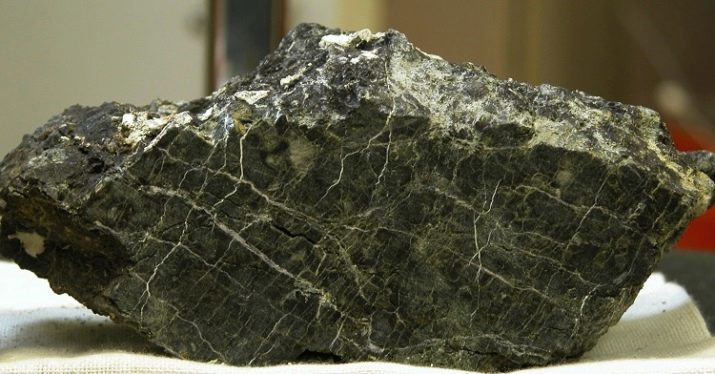
Main deposits
Serpentine is mined in a large number of places around the world, including Australia, Great Britain, Russia (Ural), Norway, Italy, Zimbabwe, South Africa, Brazil. Serpentine chrysotile is found primarily in Canada. The Russian city of Asbestos was once home to one of the largest serpentine mines.

Application
The coil has a wide range of applications: it is not only an excellent charm in magic, but also an excellent stone for arranging a bath, since it first receives heat and then gives it back. Serpentine has been used as an architectural material for thousands of years. It has a wide range of colors, is easy to work with, and after polishing, the desired gloss is achieved.
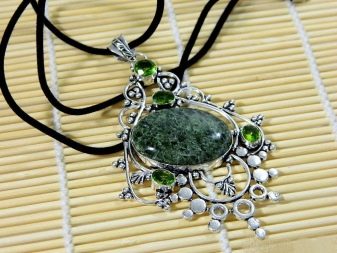

Mohs hardness ranges from 3 to 6, depending on the chemical composition of the mineral. To make, for example, a figurine, you have to make less effort than in the case of granite, nevertheless, the strength of this stone is better than even that of marble. Serpentine was popular in the United States in the first half of the 20th century, but it is less commonly used as a finishing material today. The decline in popularity is partly due to safety concerns about the potential for asbestos in the stone.
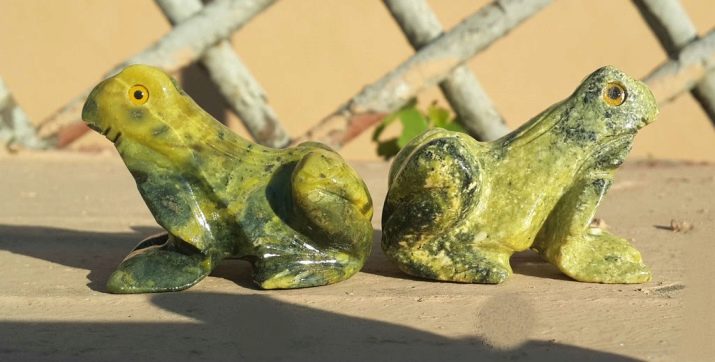
Sly merchants often offer serpentine souvenirs disguised as jade ones. However, the healing and magical properties of these stones differ significantly. Rarely, but it is still possible to find serpentinite marble on the market, in fact, it is incorrect to use such a name. Marble and serpentine are different minerals.
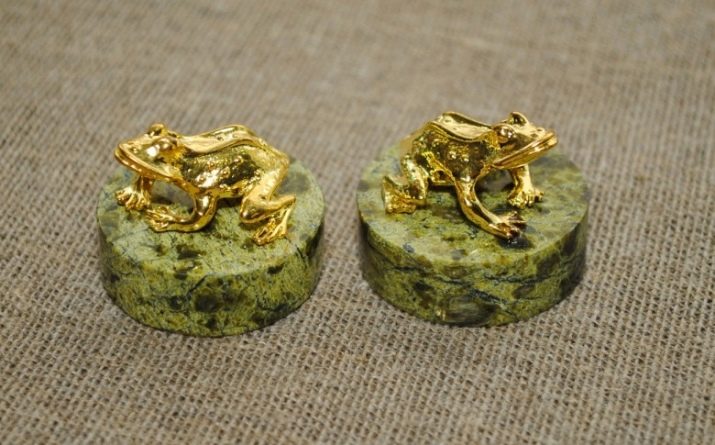
Some grades of serpentine have a fibrous structure, they have good resistance to heat transfer, do not burn and serve as excellent insulators. This is why stone was often used to create special building fibers in the past. It was widely available because it was inexpensive, but was highly effective as an insulator.
In the middle of the 20th century, the material could be found in the construction of most buildings and even vehicles. This mineral has been used to make wall and ceiling tiles, flooring, roof tiles, cladding, pipe insulation, ovens, paint, and many other common building materials.
After it was discovered that interaction with this stone leads to lung problems, including cancer, construction companies stopped using the material, and today it is completely banned.


The attractive serpentine can be cut into various shapes. Most often it is cut into cabochons and beads. Such products do not have a uniform green tint; green, yellow and black inclusions are visible in them.
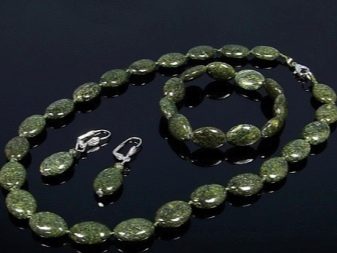
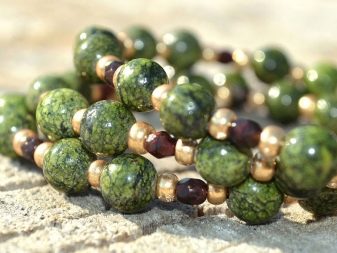
Serpentine is used as an ornamental stone, it is easy to process, it is not difficult to polish it. As a result of painstaking work, amazingly beautiful products are obtained. The wax luster is what attracts in the first place in the mineral after it has been processed.
However, serpentine has some durability issues. This is why the stone is rarely found in rings or bracelets, since one good blow can split it. Most often it is used in earrings, brooches or pendants.

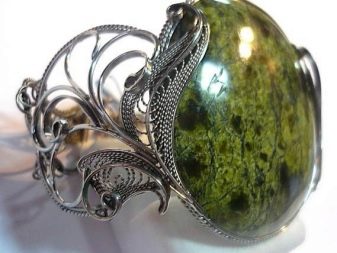
It is very easy to distinguish jade from serpentine even at first glance, since it is the very attractive luster that distinguishes them. In jade it is glassy, in serpentine it is wax.
Certain varieties of the mineral can be used to create stone sculptures. It is preferable to choose for work a fine-grained translucent material with a uniform texture, without voids and fractures. The stone is relatively soft and easy to carve. Sculptures are small and up to several meters in height. Bowls, vases, tabletop sets, clocks, animal figurines, fruits, flowers, deities, busts and statues are all objects made by artists from the material described.
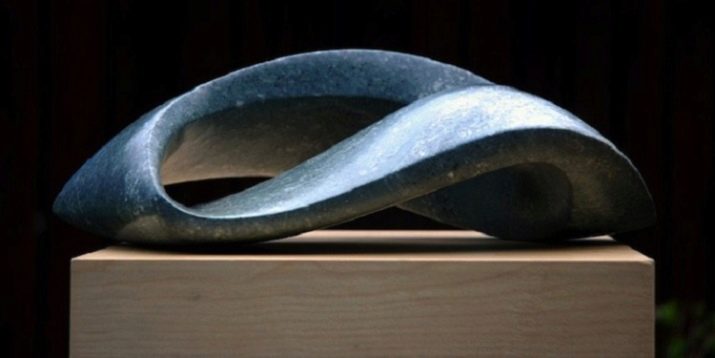
Separately, I would like to say about the use and value of the mineral in magic. The snakes with which he is actively associated have often been considered harbingers of evil in Western culture, but this does not mean that serpentine is a bad stone. In fact, it is one of the most commonly used stones for detecting evil and protecting against bad luck or deliberate negative influences.
Its energy is not aimed at removing the negative inside a person, it creates a protective shell around him, thanks to which the negative is reflected from the aura. This is especially important if you often have to deal with people who are negatively opposed to you. The stone is capable of breaking the curses sent.
In addition, the coil attracts positive energy, allows you to overcome barriers. This is a wonderful protector and helper.
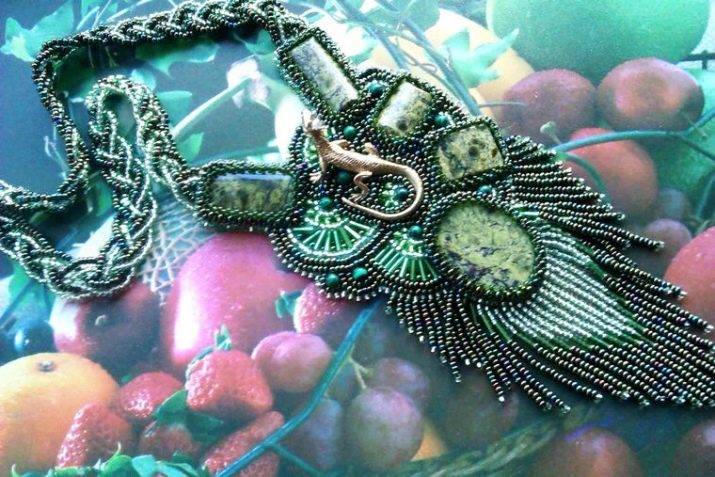
It has a stone and healing properties, doctors have known for a long time about its ability to relieve headaches. Wearing a coil on the body contributes to the rapid healing of fractures and a decrease in blood pressure. The stone is advised to be given to children as a talisman and activator of internal strength and energy. It helps you concentrate on the essentials. With the coil, memory starts to work better.
It is believed that the serpentine is a kind of antidote to certain poisons; it can enhance the effect of certain agents on the human body.


Who is it suitable for?
The mineral in question belongs to the elements of the Earth, so it does not suit every sign. According to astrologers, with some people he does not manifest himself in any way, while with others he can manifest himself quite brightly.
- The serpentine is best combined with the energy of Virgo. For a little shy representatives of this sign, the stone helps to discover new talents, sharpens intuition and awakens inspiration.
- The mineral will not resonate with the energy of Capricorns, to whom the amulet will give them the stamina and dexterity they need in life.
- But it is better for Pisces not to wear talismans with a serpentine, since the stone will lead them to temptation, before which the representatives of the sign will not be able to resist. This will destroy the inner world of Pisces, lead to degradation.
- Aries, who are very trusting by nature, must necessarily have a serpentine as an amulet or as part of a decoration, since it will give them the opportunity to recognize in advance the lying people around. From birth, representatives of the fire element have powerful energy, the stone will not suppress it, but will make the character more calm and balanced. This is exactly what Aries sometimes lacks, who constantly suffer from their impulsiveness, rudeness and nervousness.
- If Taurus wants to change his life for the better and become more open, then serpentine will be a good helper for him in this. He will give clarity of mind and it will immediately become clear who is suitable for friendship, and who is better to keep away from yourself. The talisman has a beneficial effect on health, restrains the desire to take risks.
- Gemini is distinguished by self-doubt, the mineral will help them to become more perfect, to make new friends. There is enough courage for new achievements, old views will fade into the background.
- The serpentine and Lions will make them more confident, give them the stamina and firmness they need. The energy of the mineral helps to concentrate their own energy, inherent in the representatives of this sign, on a specific task.
- Success and luck will come to Sagittarius, who will buy themselves jewelry with serpentine, Libra will finally establish themselves in their opinion, become more stable, the mineral will open the doors to new achievements for Scorpios.
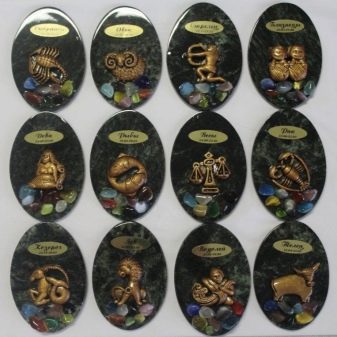
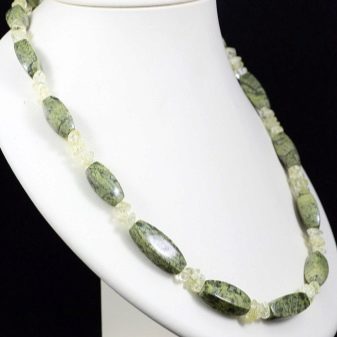
Astrologers do not recommend wearing a stone as part of a piece of jewelry on oneself constantly, several times a week is enough, especially if it is a pendant or any other product that comes into contact with the body. Turning to the power of a mineral, you need to know exactly what is required of it, otherwise its energy can be harmful, not beneficial.
Such a talisman is ideal for all people whose activities are related to medicine. The mineral is patronized by women with the names Nadezhda, Lyubov, as well as representatives of the strong half of humanity with the name Alexei, but it cannot be presented as a gift, since the stone is always attached to the one who acquires it and can regard such behavior as a betrayal.
The energy of the coil is so strong that it can negatively affect the former wearer even from a distance. The mineral can only be passed on by inheritance. He will give exactly as much as the owner gives the stone. It is very good to have a box made of serpentine at home, it will be an excellent storage for other jewelry.
It is worth saying that, like any other mineral, this one has its own character and uniqueness. It is best worn by people who are open-minded and ready for new achievements.

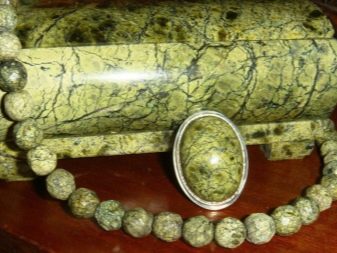
How to distinguish from a fake?
Despite the fact that serpentine is mined everywhere, therefore it is not a rare mineral, unscrupulous jewelry dealers are trying to save even on it. If you do not want to be disappointed in a purchase and find out that a plastic copy is used in the jewelry, you need to know how you can distinguish a natural stone from a fake.
- Not the best way to check - scratch the mineral, because due to its softness, a trace will remain on the surface, even if there is a natural stone in front of you. It is better to evaluate its weight, since plastic is different in that it does not sink and is light.
- Blotches, stripes Is another distinctive feature of the coil.
- You can simply apply the mineral to the surface of your skin. If it is natural, it will not immediately become warm, while a plastic product will quickly take on body temperature.
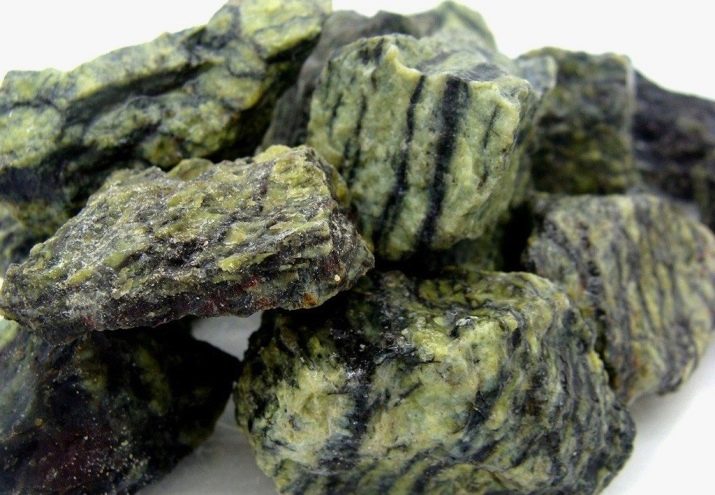
Care
Any jewelry, if properly cared for, will delight you with its attractive appearance for a long time. Serpentine scratches quickly, so you should not wear it during work, since any mechanical impact will lead to the product losing its attractiveness. For cleaning, it is enough to simply rinse the mineral under running water without the use of chemicals. If you want to wipe the stone, then you should take a soft cloth, or better just put it on a towel to dry it.

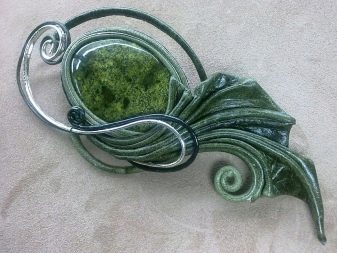
For the features of the stone, see below.








